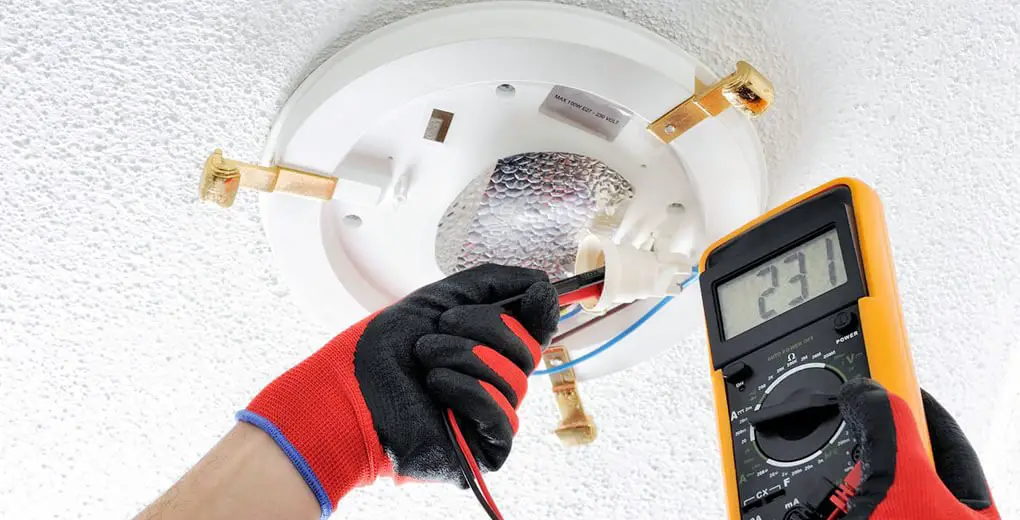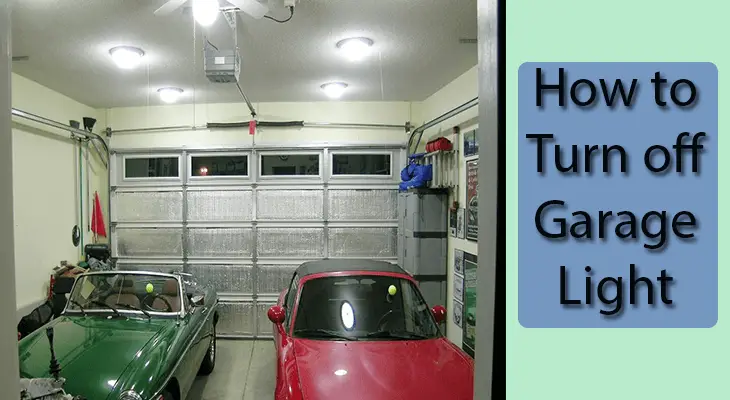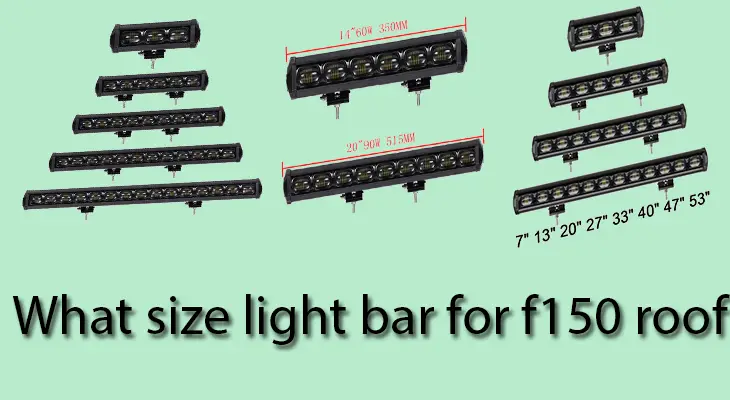You don’t need to be an electrician to find it important to analyze the wattage levels of various fixtures around your home. In fact, by not knowing this, you’d end up exposing yourself to danger.
Without prior knowledge of how light fixtures work in terms of wattage, it’s all too possible to end up overloading the systems creating the danger of overheating.
So, how can one go about determining the wattage of different light fixtures around the house or office? We discuss some of the steps involved and their importance.

Looming Danger
Before we delve deeper into the calculations, let us first of all talk about why it’s important to get the facts right in the first place. Different light fixtures have different wattage ratings. So, without knowing this, it’s easy to end up installing bulbs with higher than normal wattage ratings thereby damaging the circuit wires.
In fact, without knowing it, you might end up causing the circuit breaker to trip and this might even lead to issues related to your entire house wiring. What you need to know is that light fixtures come with wire leads. These are attached to the wiring system of your house.
When you fix bulbs, they end up generating some heat at the contact points. This, unfortunately, can lead to overheating that can cause the wire leads to melt.
Dangers Signs to Look Out For
The first sign to look out for if you want to detect if wattage balancing issues exist in your house is the presence of a burning odor. You may also note the presence of scorch marks beneath the lamp or at the base of your light fixture.
In that case, the best cause of action is to shut down the light and consider replacing the bulb. And if the entire lighting system is damaged, you might want to consider getting rid of it completely.
Any signs or symptoms of burned circuit wires should be treated as red flags. Likewise, the sockets may also get scorched. So, be on the lookout for any danger signs and be sure to take the right preventive measures at all times.
The Easiest Way to Determine the Wattage of Any Light Fixture
The first step to take at all times is to begin by checking the socket of the lamp. Ideally, there should be a silver sticker on it, identifying the ideal wattage that the lamp can support. If you have a recessed fixture, you need to find this label as well, and in that case, all you need is to take a look inside.
Besides that, consider removing the cover of the ceiling lights in your home in order to unravel the wattage sticker. In most cases, this sticker is either located on the sockets or near the sockets as well.
Another quick way to determine wattage is by taking a closer look at the installation instructions. These typically come pre-packaged whenever you shop for a new light fixture. In fact, in some cases, the wattage is usually marked on the exterior of the box and this way, you can determine it even before you open the box.
How To Calculate Wattage If the Figures Aren’t Provided
In some cases, the bulb manufacturers may fail to provide the necessary figures regarding wattage. In that case, your best bet is to calculate using the figures that might be available.
To understand how this works, we first of all need to appreciate the fact that wattage is the term used to refer to the amount of energy emitted by a light bulb or lamp or any other appliance. The lower the wattage, the lower the power consumption and the lower the output.
For instance, a low-wattage bulb will produce less light than a high wattage one. Obviously, a low wattage bulb will also consume less power and so forth.
As a rule of the thumb – never ever use a bulb with a higher wattage that stipulated on the light fixture. If you do that, you’d end up overloading the fixture and even cause damage to the fixture itself. A quick way to calculate wattage when the details aren’t provided is as follows.
Also read: How To Decorate Your Home For Spring – The Latest Tips For You
How to Determine Wattage of Light Fixture
To calculate watts at home, you’ll need an appliance (in this case the light fixture) and mathematical formulas.
Always know that Watts = Volts X Amperes
The wattage of an appliance is the maximum power it draws. This is important because some light fixtures may have variable watts.
For starters, you will need to check the labeling of the fixture to determine its voltage, current draw, and its resistance. The voltage is usually a number followed by a V, for example, 100V or 240V. A current draw is a number followed by A for example 10A. Lastly, the resistance of the fixture is usually given as a number followed by the ohms symbol.
The wattage is simply:
W = V X I
So if V = 100V
And if I = 10A
W = 1000W
This would, however, not show the accurate wattage because the resistance of different devices varies. So, we need to factor in the fact that resistance affects the amount of power consumed by an appliance. This explains the need for the following extra steps.
P = I (squared) X Resistance (assume a resistance of 30 ohms)
P = 100 x 30
P = 3000 W
Another way to determine wattage is when you only have the voltage and the resistance symbols. In that case, the approach is as follows.
P = V (squared)/ R
P = 10000/30
P = 333.33 Watts
One thing you need to always do is determine the voltage of the system. If this is not provided on the product’s packaging or on its surface, you can check your electricity bill. Some countries use 110 Volts, others use 220V, 230V or even 240V.
Final Thoughts
The benefits of being in a position to calculate wattage can never and should never be underestimated. Luckily, as we have shown in the write-up above, it’s quite easy to determine the correct figures. And once you do so, the benefits can be numerous and long-lasting as well.

Here, I provide valuable insights into the lighting industry, drawing from 12 years of experience. My aim is to share useful and practical tips, life hacks, and comprehensive product reviews. I hope that collective expertise, advice, and recommendations prove beneficial to you.





